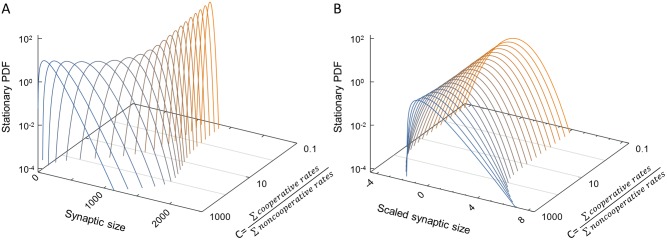Fig 6. Stable stationary distributions in the global cooperativity model.
Solutions of the global bidirectional cooperativity model, obtained by the Fokker-Planck approximation to the master equation (for details, see S1 Appendix, Section 2). (A) Distribution of synaptic sizes scanning a range of cooperativity parameter C (right-hand axis). For C<<1, we find stationary distributions very close to Gaussian (orange distributions). In this limit we approach a situation similar to the Langmuir model. For C>>1, when cooperative processes dominate, skewed distributions are found as observed experimentally (blue distributions). (B) Same stationary distributions as in (A), but scaled by subtracting the mean and dividing by the standard deviation. For technical reasons, a weak non-cooperative unbinding rate β was added (see S1 Appendix for a detailed justification); here β = α, and other parameters as in Methods.

